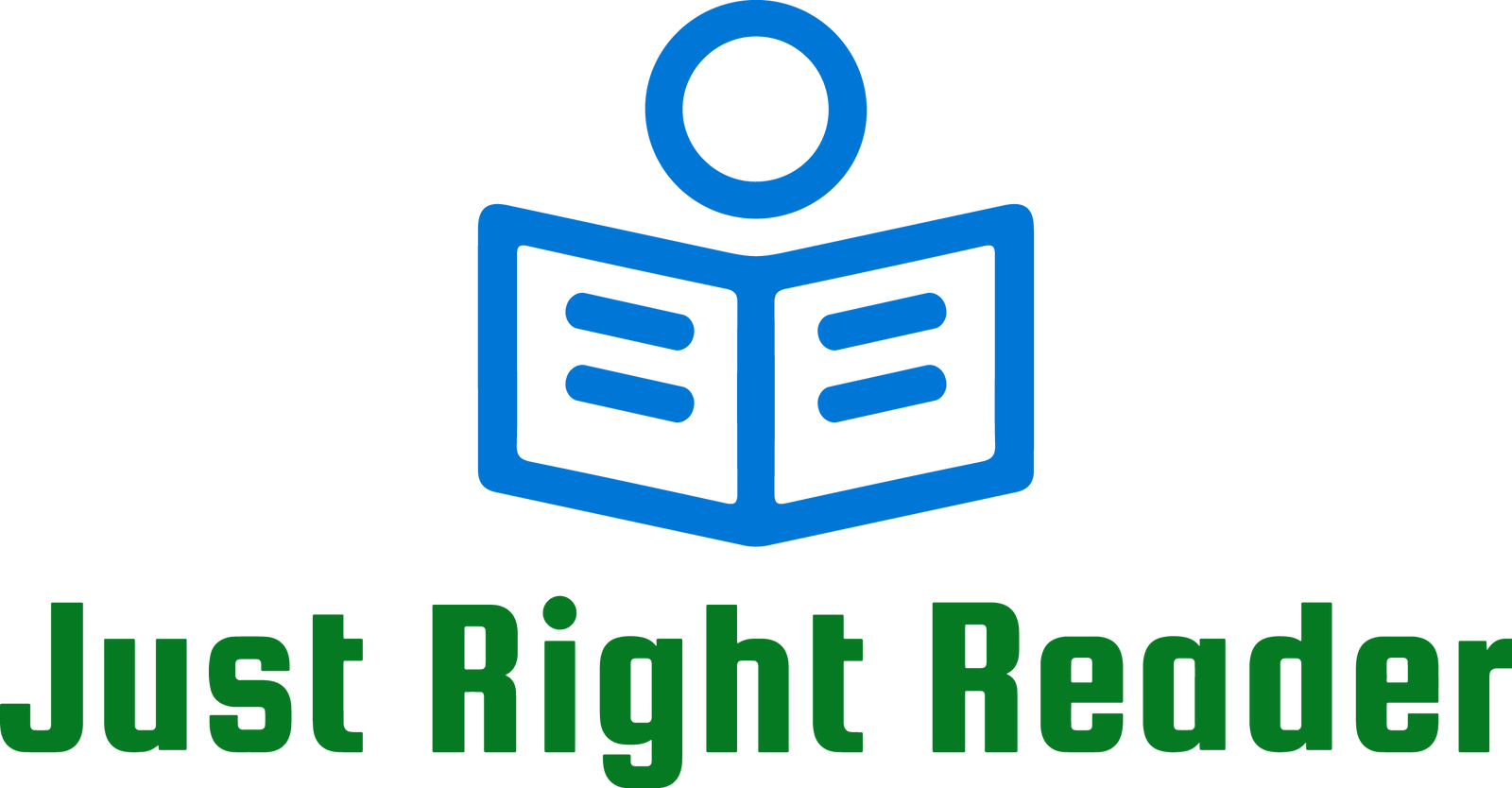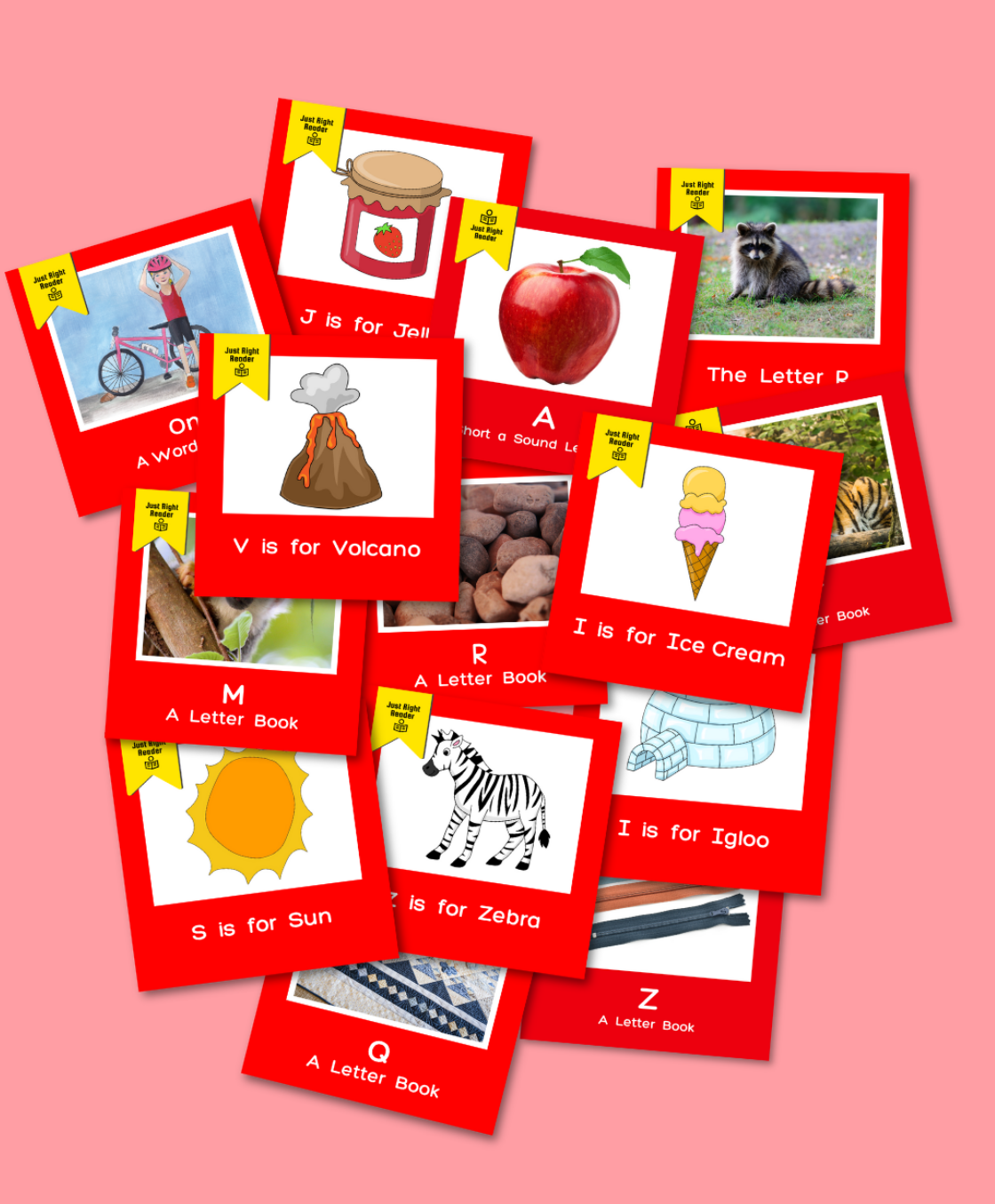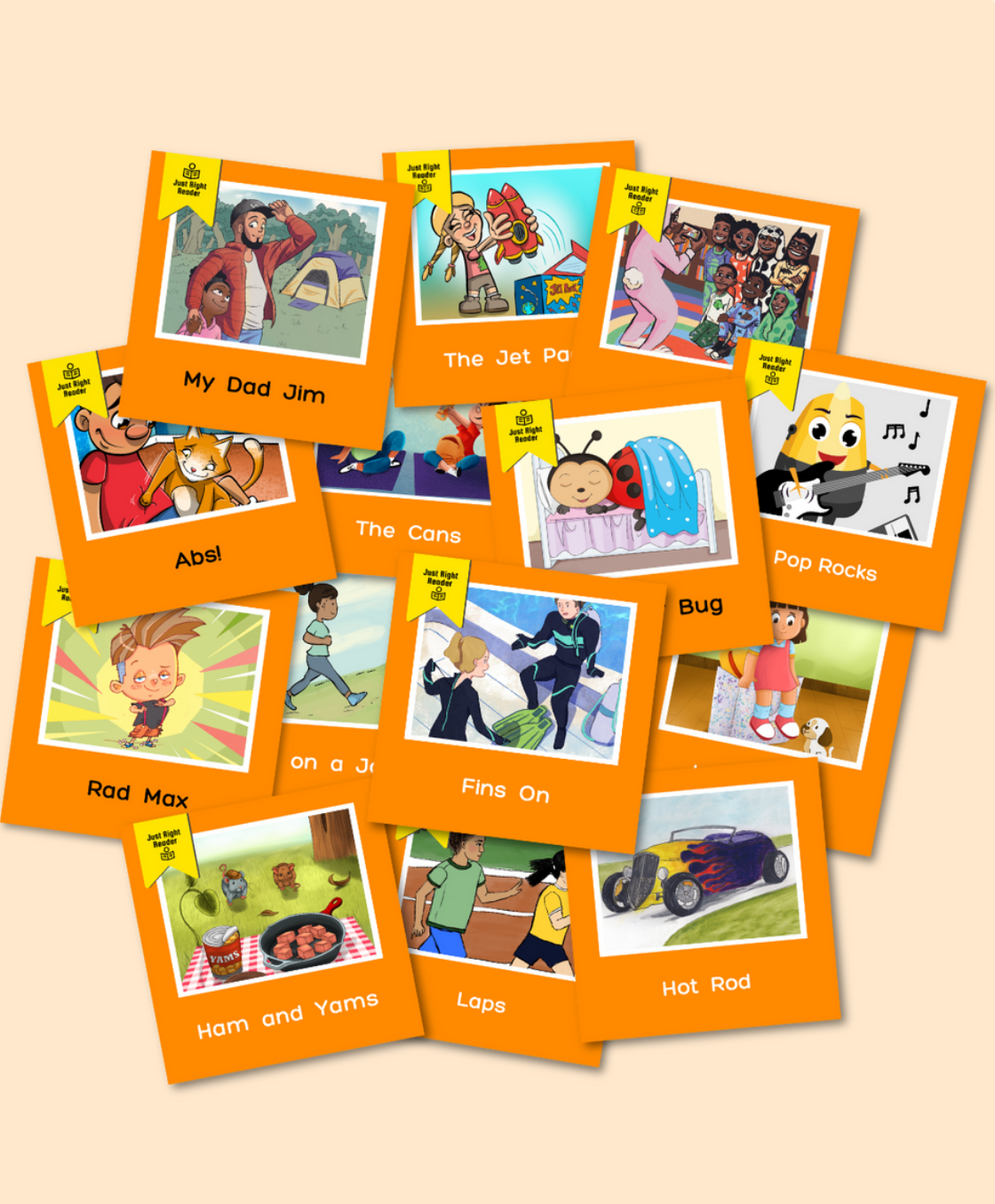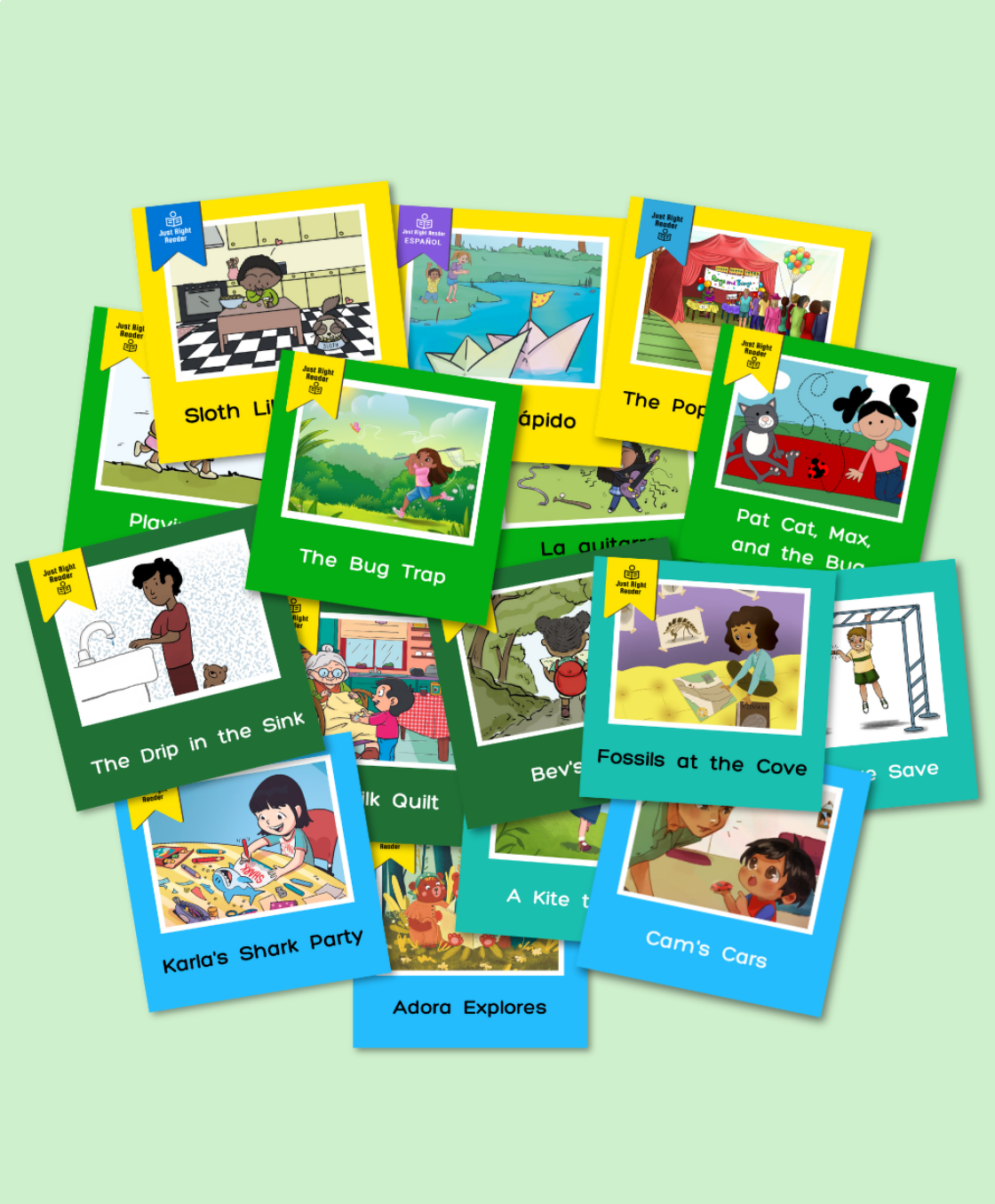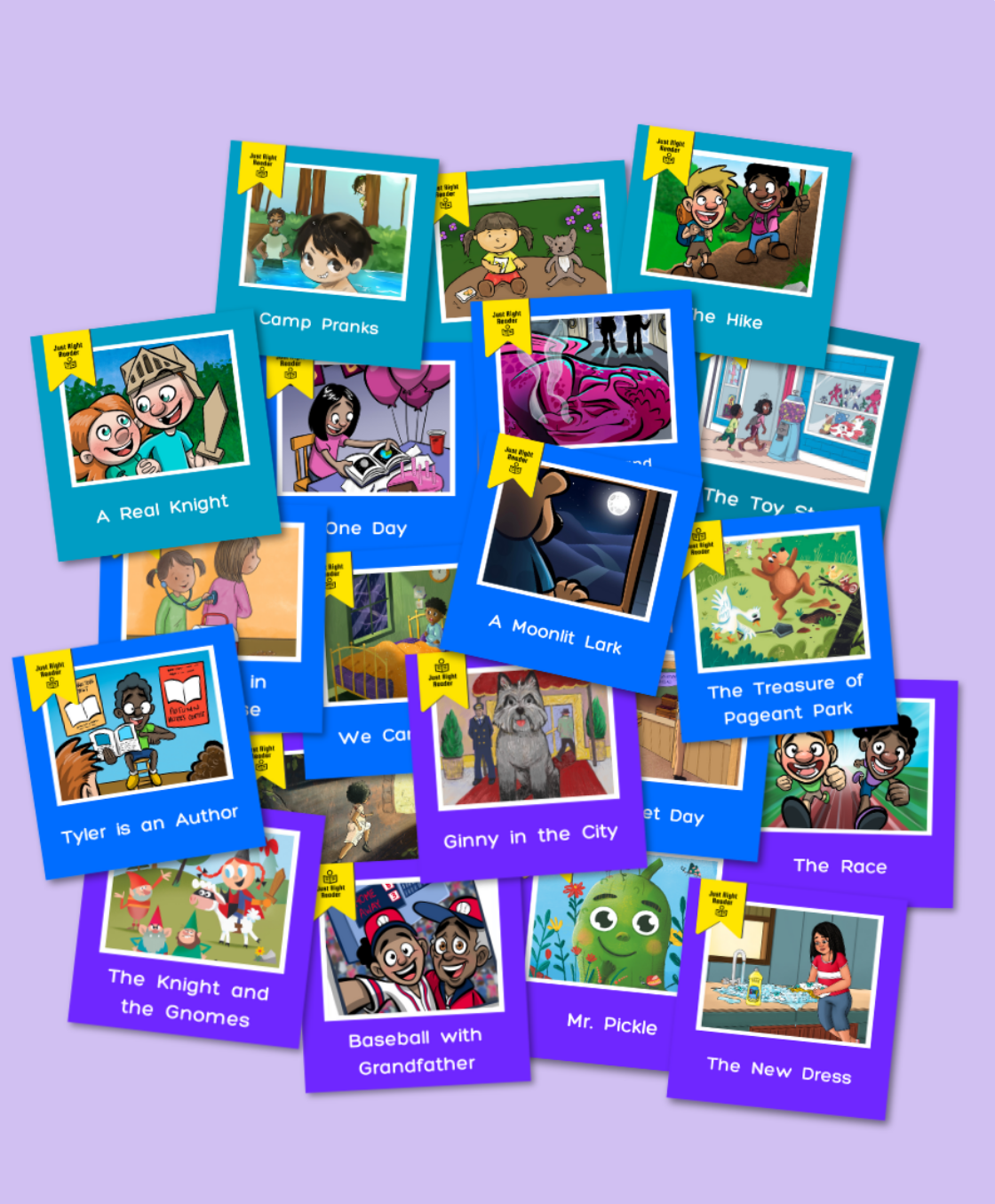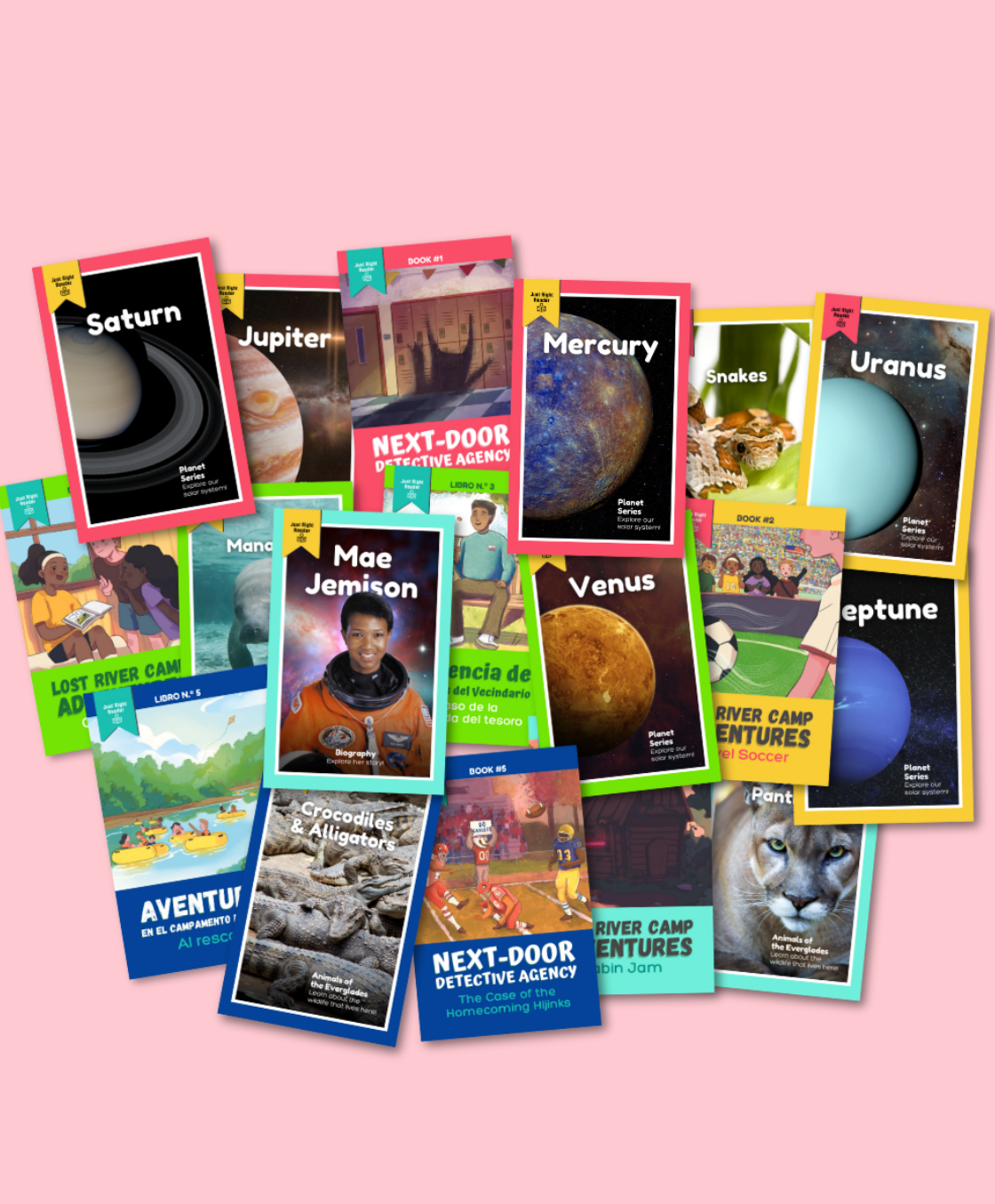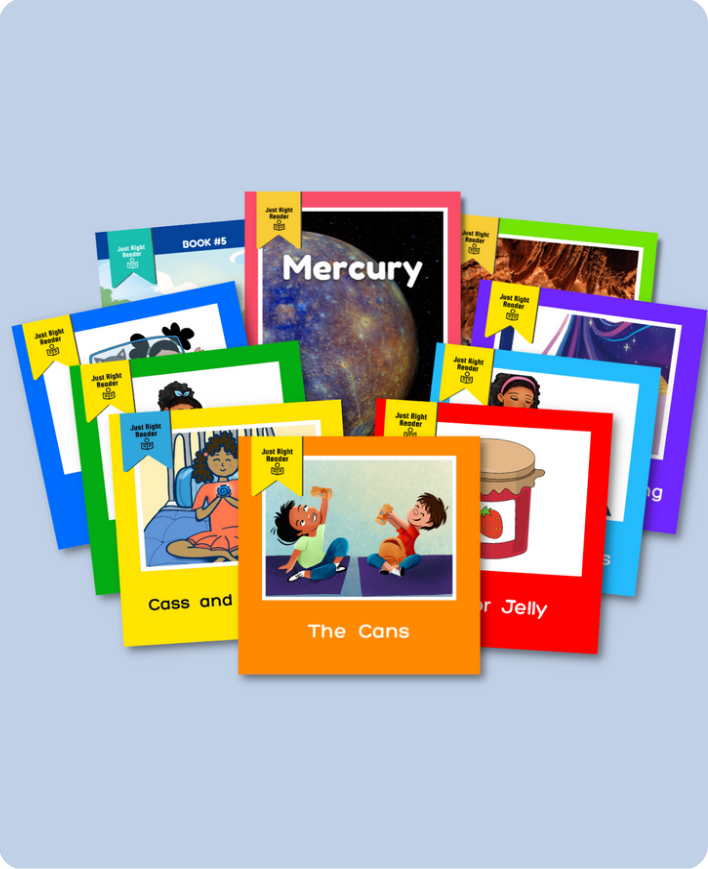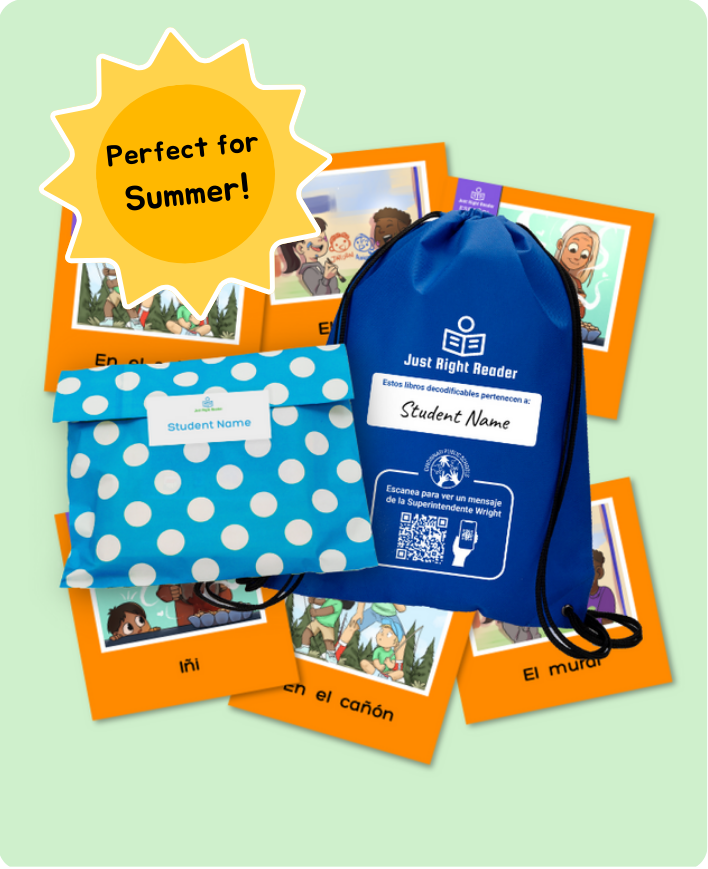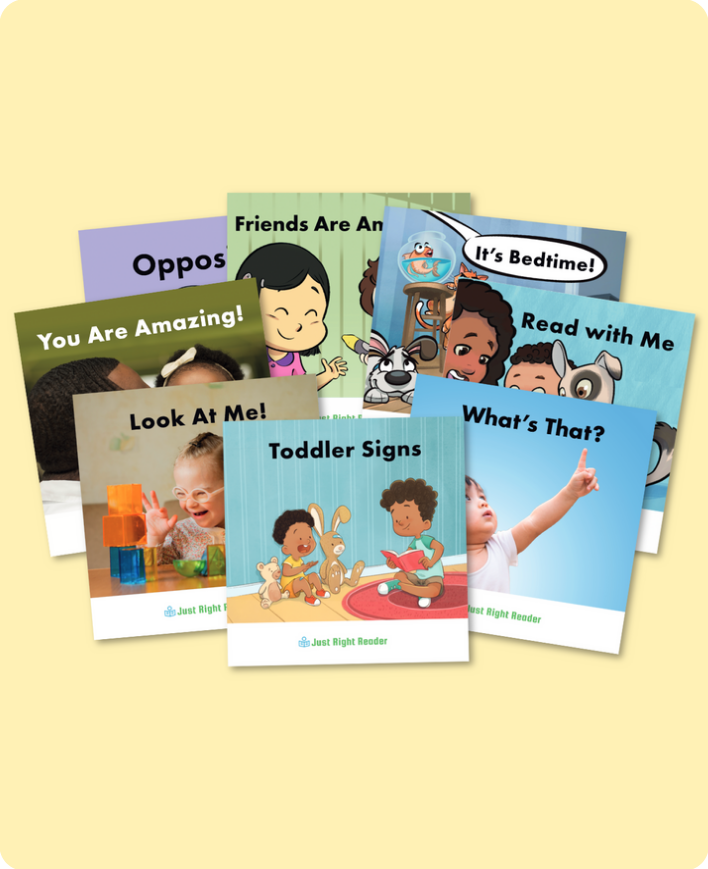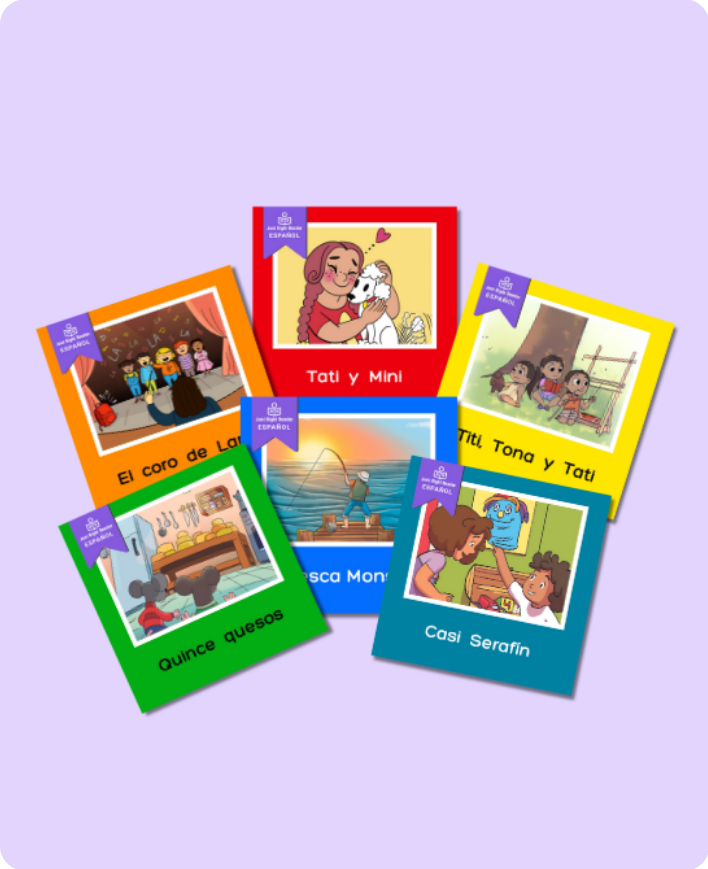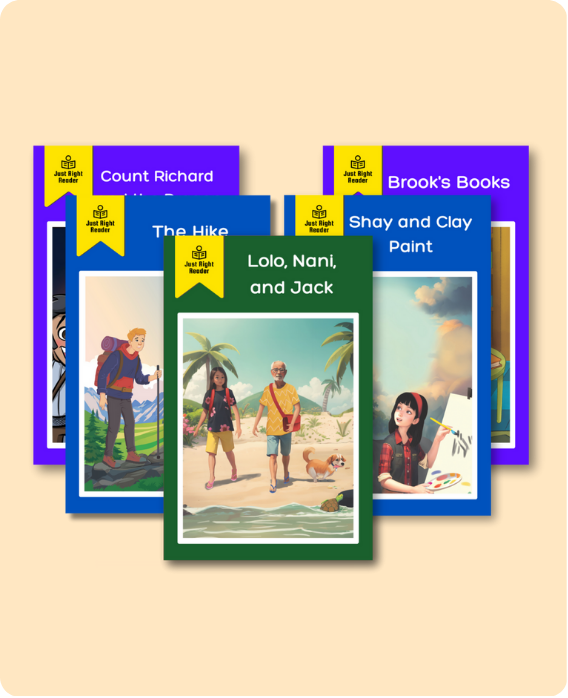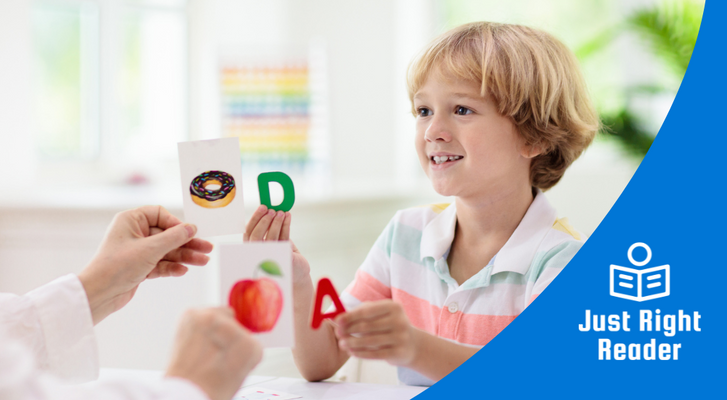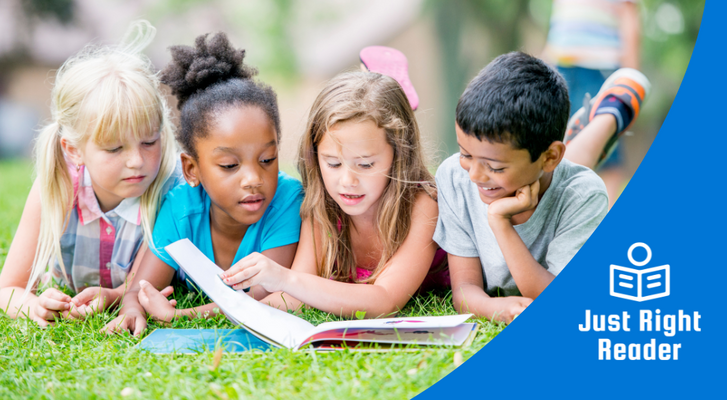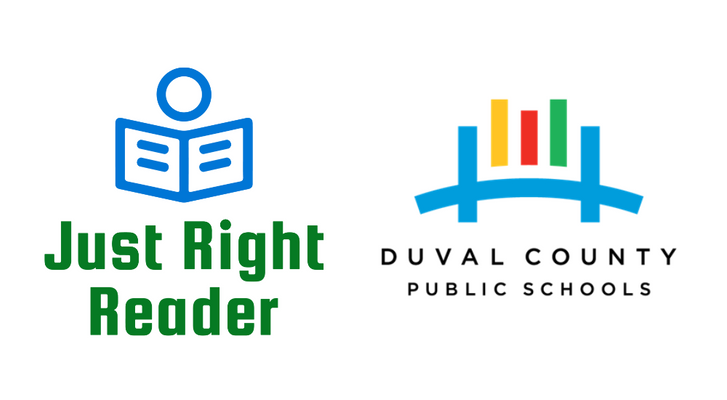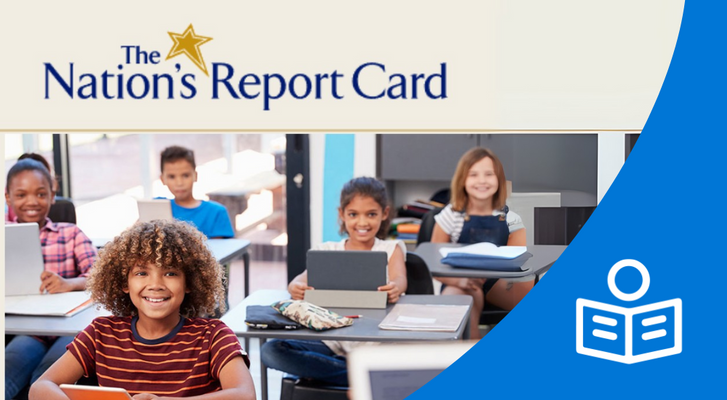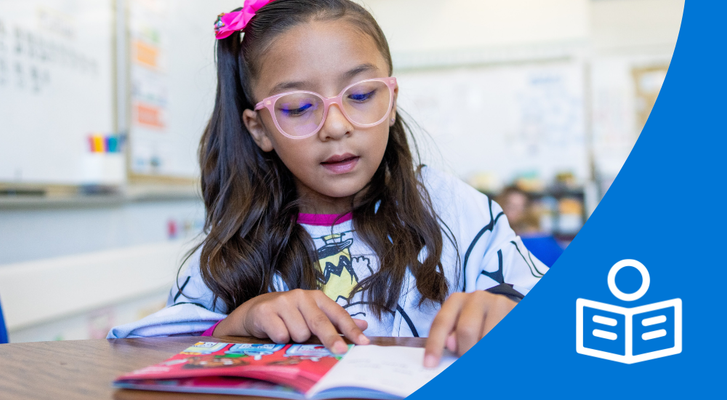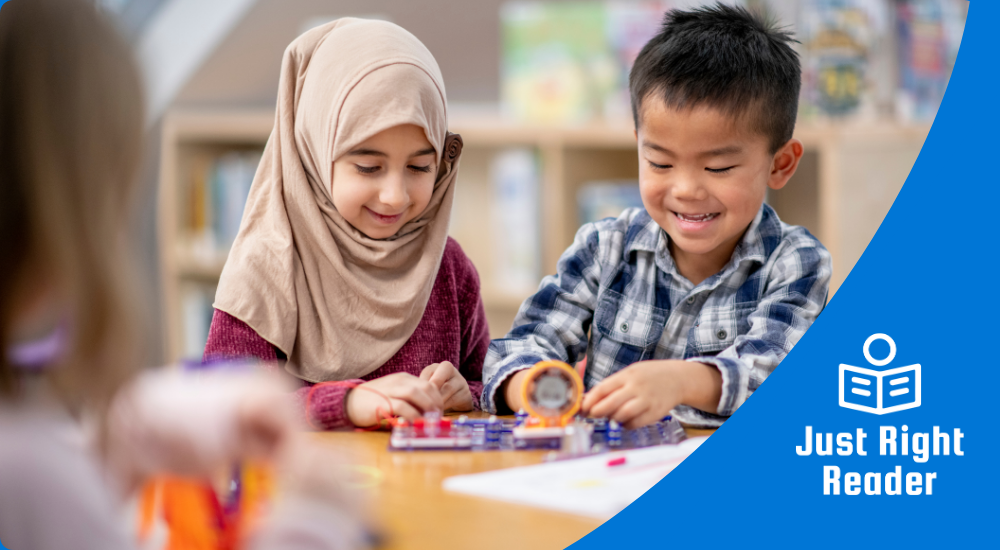
In our educational environment, multisensory learning is gaining recognition as a powerful approach to engaging students and accelerating academic achievement.
Explore the advantages of multisensory learning and practical strategies for implementing it in the classroom.
What is Multisensory Learning?
Multisensory learning involves using two or more senses at the same time to teach content. This approach can include visual, auditory, kinesthetic (movement), and tactile (touch) learning activities. The goal is to provide multiple ways for students to access and process information, catering to individual learning preferences and needs.
Why is Multisensory Learning Important?

Research shows that multisensory learning improves retention and recall. It is especially helpful for students with learning differences like dyslexia or ADHD, as it reinforces learning in various ways (Farkas, 2003).
Studies also indicate that students taught with multisensory methods achieve higher levels than those taught with traditional methods (Bower & Parsons, 2003).
8 Strategies for Implementing Multisensory Learning
1. Visual Aids and Graphic Organizers
Strategy: Incorporate charts, diagrams, and graphic organizers to represent information visually.
Benefit: Visual aids help students organize information clearly, improving comprehension and retention.

2. Interactive Audiovisual Content
Strategy: Use videos and interactive tools that combine sounds, images, and text.
Benefit: Auditory and visual learners typically engage with these resources on a deeper level.
3. Hands-On Activities
Strategy: Encourage students to build models, conduct experiments, or use manipulatives to explore content.
Benefit: Kinesthetic activities help students learn through action and are particularly effective for tactile learners.
4. Storytelling and Role-Playing
Strategy: Use storytelling and role-playing activities where students can act out scenarios.
Benefit: These activities engage multiple senses and enhance empathy and emotional connection to the material.

5. Field Trips and Real-World Exploration
Strategy: Organize virtual or in-person field trips.
Benefit: Experiencing learning in varied settings engages multiple senses and allows students to apply learning to real-world scenarios.
6. Use of Music and Rhythms
Strategy: Use music and rhythm in lessons. For example, teach mathematical formulas or historical dates with songs, or have students create rhymes to remember important information.
Benefit:Music and rhythm help memory by providing a structure that makes information easier to remember. Studies show that music can greatly improve memory performance in both children and adults (Wallace, 1994).
7. Incorporation of Scents and Tastes
Strategy: When applicable, incorporate elements of taste and smell into your lessons. For example, during a science lesson on photosynthesis, bring in leaves or flowers to smell, or during a geography lesson on different countries, taste foods.
Benefit: Engaging the senses of smell and taste can make learning more memorable. Sensory experiences are tied to emotional memories, helping to solidify learning (Herz, 2002).

8. Interactive Writing and Drawing
Strategy: Utilize interactive writing tools like smart boards or tablets in lessons. Encourage students to draw diagrams or write collaboratively on these digital platforms during group discussions.
Benefit:This strategy engages visual, tactile, and kinesthetic learners by allowing them to see, touch, and manipulate the learning material directly. It also supports cooperative learning, as students can work together to explore and represent ideas in different ways.
3 Tips for Effective Multisensory Teaching

-
Assess Individual Needs
Understand your students' sensory preferences.
-
Implement Sensory Activities Gradually
Start with one or two multisensory techniques, and add more gradually.
-
Collaborate and Share Best Practices
Work with colleagues to share ideas and strategies for multisensory learning.
Enhance Literacy Instruction with Just Right Reader Decodable Books
Developed with leading literacy experts, our Classroom Libraries and Take-Everywhere Decodable Packs are the perfect supplement to structured phonics instruction.

Our Science of Reading Decodables feature:
- An extensive library of 750+ titles in English and Spanish
- Engaging and relatable stories with relatable characters and vibrant illustrations that motivate students to keep reading
- Research-based, rigorous phonics scope and sequence that aligns to all phonics programs and curriculums
- QR codes that link to memorable video lessons in English and Spanish
- PersonalizedTake-Everywhere Decodable Packs that extend phonics practice from school into homes
References
Bower, G. H., & Parsons, J. (2003). The use of multisensory approaches during center time, through visual, tactile, and auditory activities.Journal of Reading Behavior
Farkas, R. (2003). Effects of traditional versus learning-styles instructional methods on middle school students.Journal of Educational Research
National Research Council. (2005).How Students Learn: History, Mathematics, and Science in the Classroom. Washington, DC: The National Academies Press.
Shams, L., & Seitz, A. R. (2008). Benefits of multisensory learning.Trends in Cognitive Sciences
